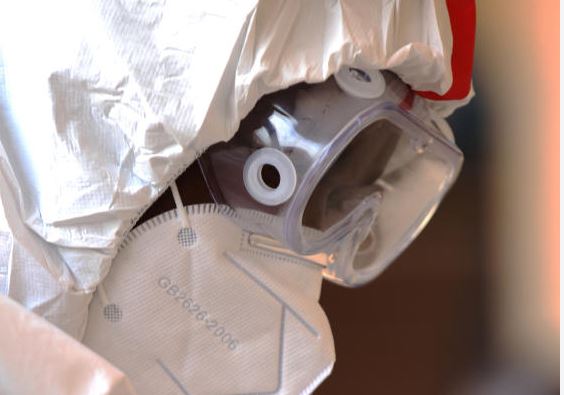×
The Standard e-Paper
Read Offline Anywhere

A young population, more asymptomatic cases and less urban population are some of the factors that have saved Kenya from devastating Covid-19 outcomes.
But as the country is gradually re-opening, there are concerns these same factors may plunge the nation into a second wave which Dr Githinji Gitahi, Amref Health Africa Chief Executive Officer, says is inevitable.